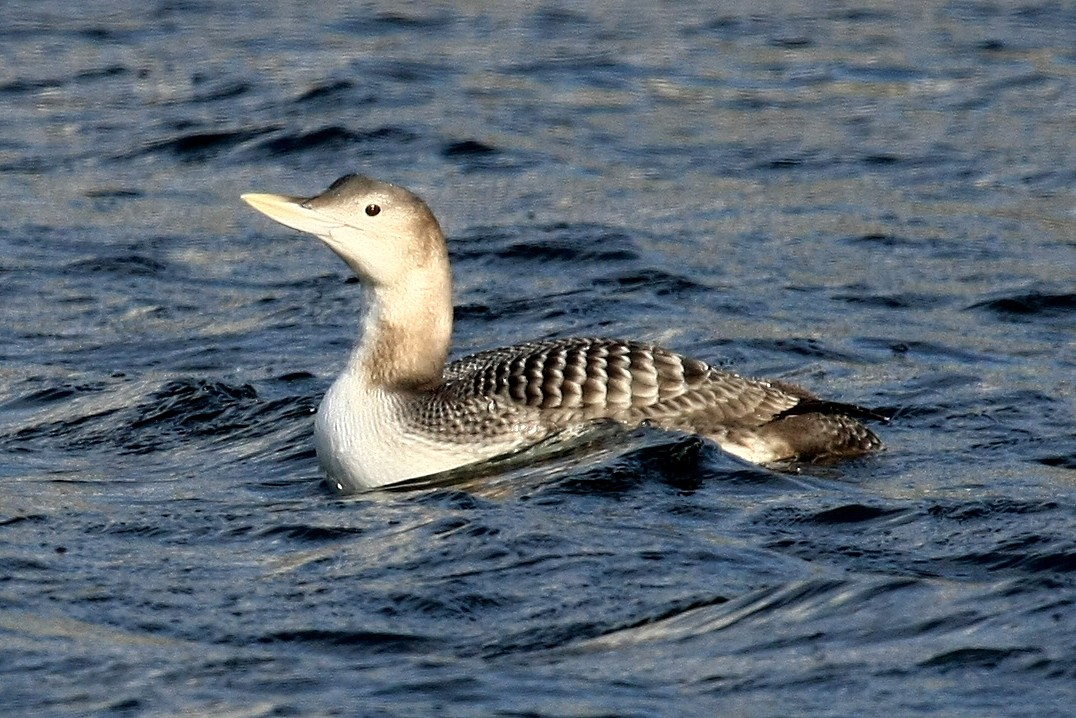Yellow-billed Loon
A species of Loons Scientific name : Gavia adamsii Genus : Loons
Yellow-billed Loon, A species of Loons
Botanical name: Gavia adamsii
Genus: Loons
Content
Description General Info
Description
With a length of 76 to 97 cm (30 to 38 in), a wingspan of 135 to 160 cm (53 to 63 in), and a weight ranging from 4 to 6.4 kg (8.8 to 14.1 lb), the yellow-billed loon is the largest member of the loon (diver) family. The adult is primarily black and white in breeding plumage, with a purple gloss on its head and neck. 
Size
76-91 cm (30-36 in)
Life Expectancy
10-30 years
Nest Placement
Ground
Feeding Habits
Yellow-billed Loon, a piscivorous bird, primarily consumes fish, supplemented with invertebrates and occasional vegetation. Its foraging involves diving from the water's surface. Unique adaptations include a specialized bill for capturing slippery prey.
Habitat
Treeless, low-lying tundra regions, usually near the coast, flat or gently-rolling tundra on the Arctic Coastal Plain in northern Alaska is dominated by many shallow lakes, wetland complexes, associated streams, clear, deep lakes with high stream connectivity, large, low-rimmed lakes with stable water levels, mainland Canada breeding area north and east of Great Slave Lake, embayments of large, deep lakes, slow-moving rivers
Nest Behavior
Yellow-billed Loon pairs may be monogamous, selecting nesting sites near water jointly. They engage in elaborate courtship, including synchronized bill-dipping. Nest building, egg-laying, and rearing are cooperative, with potential reuse of nests annually.
Nest Characteristics
Yellow-billed Loon's nest is typically a mound of tundra vegetation with a central depression, occasionally using overturned turf for a mud foundation. It's located near water, on shores or islands, and may be concealed by vegetation.
Dite type
Piscivorous
General Info
Feeding Habits
Bird food type
Species Status
In 2010, the IUCN (International Union for the Conservation of Nature) changed the status of the yellow-billed loon from Least Concern to Near Threatened, as the species appears to be in a "moderately rapid" population decline. An unsustainable level of subsistence harvesting by indigenous peoples was specifically named as the main threat. The yellow-billed loon is one of the species to which the Agreement on the Conservation of African-Eurasian Migratory Waterbirds (AEWA) applies; in the Americas, it is protected by the Migratory Bird Treaty Act of 1918. 
